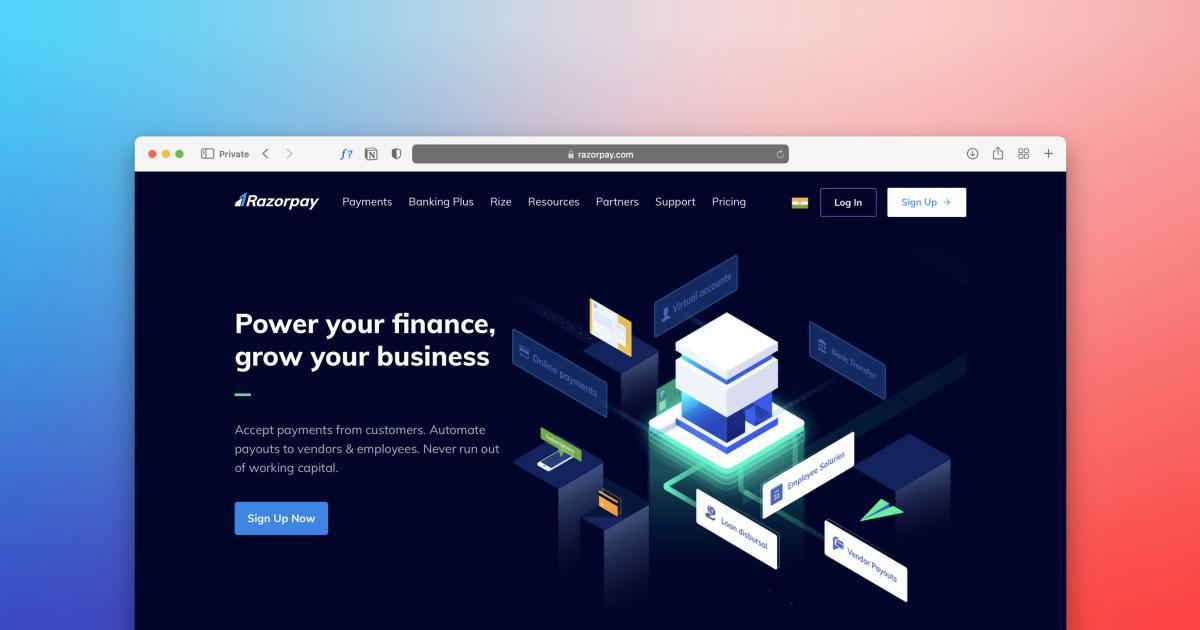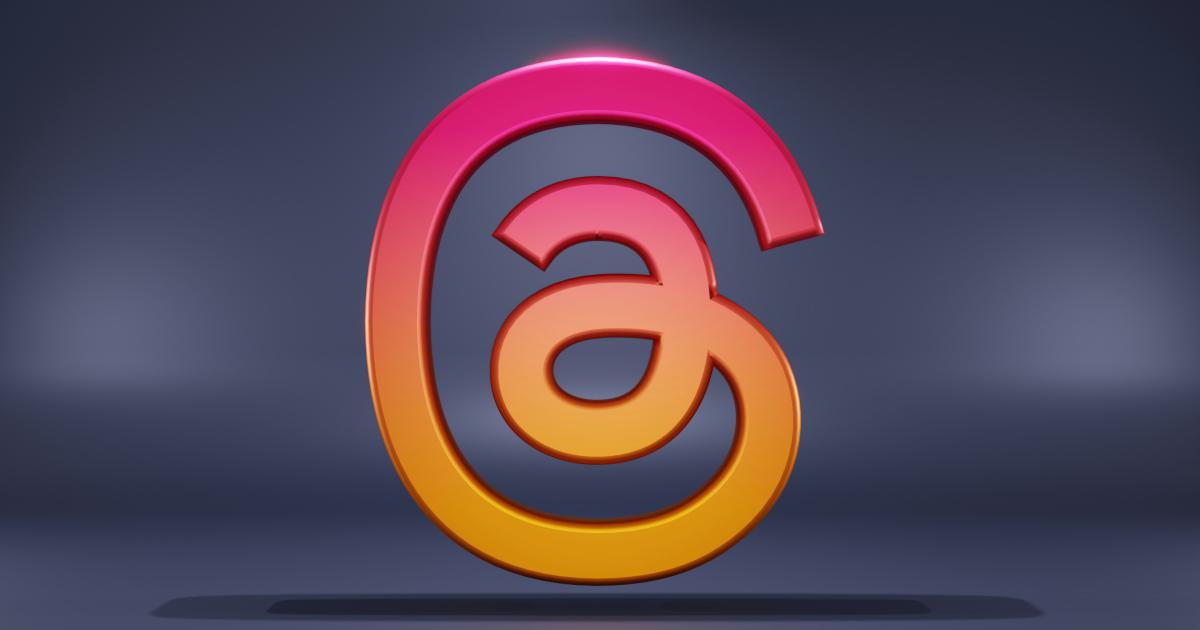The Ultimate Guide to A/B Testing Product Pages


Understanding A/B Testing for Product Pages
A/B testing, also known as split testing, is a powerful technique used to optimize the performance of product pages. By comparing two versions of a page and measuring the impact on user behavior, businesses can make data-driven decisions to improve conversion rates, increase sales, and enhance the overall user experience.
When it comes to product pages, A/B testing is particularly crucial. These pages are the core of an e-commerce business, serving as the primary touchpoint between customers and the products they're considering purchasing. By continuously testing and refining these pages, companies can unlock significant growth opportunities and gain a competitive edge.

In this comprehensive guide, we'll dive deep into the world of A/B testing for product pages, covering everything from the fundamentals to advanced strategies and best practices. Whether you're new to A/B testing or a seasoned pro, this article will equip you with the knowledge and tools needed to optimize your product pages and drive better results.
The Importance of A/B Testing Product Pages
Product pages are the lifeblood of an e-commerce business. They are the final step in the customer journey, where visitors make the decision to convert or abandon their cart. Even small tweaks to these pages can have a significant impact on your bottom line.
A/B testing allows you to systematically test different variations of your product pages and measure the impact on key metrics, such as:
- Conversion rate: The percentage of visitors who complete a desired action, such as making a purchase.
- Add-to-cart rate: The percentage of visitors who add a product to their cart.
- Average order value (AOV): The average amount spent per order.
- Bounce rate: The percentage of visitors who leave your site without taking any action.
- Time on page: The average time spent by visitors on a product page.
By identifying the variations that perform best, you can make data-driven decisions to continuously improve your product pages and drive more revenue.

Moreover, A/B testing allows you to uncover valuable insights about your target audience, their preferences, and their buying behavior. This information can then be used to inform other marketing and product decisions, creating a positive feedback loop that propels your business forward.
Getting Started with A/B Testing
Before you dive into the world of A/B testing, it's essential to lay the groundwork and ensure you have the necessary infrastructure in place.
Establish Clear Goals and KPIs
Begin by defining your specific goals for the A/B testing program. What do you want to achieve? Are you looking to increase conversions, boost average order value, or reduce bounce rates? Be as specific as possible, and align your goals with your overall business objectives.
Next, identify the key performance indicators (KPIs) that will help you measure the success of your A/B tests. These may include conversion rate, add-to-cart rate, average order value, and so on. Ensure that your KPIs are SMART (Specific, Measurable, Achievable, Relevant, and Time-bound).

Gather Relevant Data
To conduct effective A/B tests, you'll need to gather data on your current product page performance. This includes:
- Traffic and conversion data: Collect information on the number of visitors, conversion rates, and other relevant metrics for your existing product pages.
- User behavior data: Analyze how users interact with your product pages, such as scroll depth, click patterns, and time spent on page.
- Qualitative feedback: Gather insights from customer surveys, heatmaps, and session recordings to understand user pain points and preferences.
This data will serve as a benchmark for your A/B testing efforts and help you identify areas of improvement.
Choose an A/B Testing Tool
Selecting the right A/B testing tool is crucial for the success of your program. Look for a platform that offers features like:
- Robust statistical analysis: Ensure the tool can accurately measure the significance of your test results.
- Seamless integration: Choose a tool that integrates well with your existing website, analytics, and marketing platforms.
- User-friendly interface: Look for a tool that is easy to use and allows you to create and launch tests quickly.
- Advanced targeting and segmentation: The tool should allow you to target specific user groups and test variations based on user attributes.
Some popular A/B testing tools include Google Optimize, Optimizely, Adobe Target, and VWO.

Define Your Hypothesis and Test Ideas
With your goals, data, and tool in place, it's time to start brainstorming test ideas. Begin by identifying the specific elements of your product pages that you want to test, such as:
- Hero image or video: Test different images, videos, or carousel layouts to see how they impact engagement and conversion.
- Product descriptions: Experiment with the length, tone, and structure of your product descriptions to find the most effective approach.
- Call-to-action (CTA) buttons: Test the color, size, placement, and wording of your CTA buttons to optimize for conversions.
- Social proof: Experiment with the inclusion and positioning of customer reviews, testimonials, or social media shares.
- Pricing and promotions: Test different pricing strategies, discounts, or bundle offers to see their impact on sales.
For each test, formulate a clear hypothesis that outlines the expected outcome and the reasoning behind it. This will help you stay focused and measure the success of your experiments.

Determine Sample Size and Statistical Significance
One of the most crucial aspects of A/B testing is ensuring that your test results are statistically significant. This means that the observed differences between the two variations are not due to chance, but rather a result of the changes you've made.
To achieve statistical significance, you'll need to determine the appropriate sample size for your tests. This will depend on factors such as your current traffic, the expected uplift you're targeting, and the desired level of confidence in your results.
There are various online calculators and tools available to help you determine the necessary sample size. Alternatively, you can consult with a statistician or a data analyst to ensure you're setting up your tests for success.

Designing Effective A/B Tests for Product Pages
Now that you have the foundation in place, it's time to start designing your A/B tests. Here are some best practices to ensure your tests are set up for success:
Focus on One Variable at a Time
When conducting A/B tests, it's crucial to isolate the variable you're testing. Avoid making multiple changes to a product page at once, as this can make it difficult to determine the true impact of each individual change.
Start with a single element, such as the CTA button or the product image, and test different variations of that element. This will help you clearly identify the impact of your changes and make more informed decisions.

Leverage User Feedback and Insights
Before launching your A/B test, take the time to gather user feedback and insights. This can be done through techniques such as:
- User surveys: Ask your customers about their preferences, pain points, and what they'd like to see on your product pages.
- Heatmap and scroll depth analysis: Identify the areas of your product pages that are drawing the most attention and engagement.
- Session recordings: Observe how users interact with your product pages and identify any points of friction or confusion.
Incorporate these insights into your test hypotheses and variations to ensure you're addressing the needs and preferences of your target audience.

Maintain Consistent Branding and User Experience
While testing different variations, it's important to maintain a consistent brand identity and user experience across your product pages. Drastic changes to the overall look and feel of the page can confuse and potentially alienate your customers.
Ensure that any changes you make, such as layout, color schemes, or typography, align with your brand guidelines and create a seamless, cohesive experience for your users.

Prioritize Mobile Optimization
In today's mobile-first world, it's essential to ensure that your product pages are optimized for both desktop and mobile devices. A/B test different mobile-specific elements, such as:
- Mobile-friendly layouts: Test responsive designs, mobile-optimized images, and streamlined navigation.
- Thumb-friendly interactions: Experiment with the placement and size of CTA buttons, form fields, and other interactive elements.
- Mobile-specific content: Tailor your product descriptions, media, and calls-to-action for the mobile experience.
By prioritizing mobile optimization, you can cater to the growing number of customers who access your product pages on the go.

Monitor and Analyze Test Results
Once you've launched your A/B test, it's crucial to monitor the results closely and analyze the data. Pay attention to the key metrics you've identified, such as conversion rates, add-to-cart rates, and average order value.
Use the statistical analysis tools provided by your A/B testing platform to determine the statistical significance of your results. This will help you make informed decisions about which variation to implement as the new standard.

Remember, A/B testing is an iterative process. Even after implementing the winning variation, continue to test new ideas and refine your product pages over time. Staying agile and data-driven will ensure that your product pages are constantly evolving to meet the needs of your customers.
Advanced A/B Testing Strategies for Product Pages
As you become more experienced with A/B testing, you can explore advanced strategies to unlock even greater optimization opportunities for your product pages.
Personalization and Segmentation
One powerful approach is to leverage personalization and segmentation to tailor your product pages to specific user groups. This can involve:
- Demographic targeting: Test variations based on the user's location, age, gender, or other demographic factors.
- Behavioral targeting: Customize the page based on the user's browsing history, past purchases, or other behavioral data.
- Contextual targeting: Adapt the page content and layout based on the user's device, time of day, or referring channel.
By catering to the unique needs and preferences of different user segments, you can maximize the relevance and impact of your product pages.

Multivariate Testing
While A/B testing compares two variations, multivariate testing allows you to test multiple elements simultaneously. This approach can provide deeper insights into how different combinations of elements impact your desired outcomes.
For example, you could test different combinations of product images, descriptions, and CTA buttons to determine the most effective overall product page design.
Multivariate testing requires a larger sample size and more complex statistical analysis, but it can uncover powerful synergies and interactions between various page elements.

Sequential Testing
Sometimes, the optimal solution for your product pages may require a series of incremental improvements. Sequential testing involves running a sequence of A/B tests, with each test building upon the insights and learnings from the previous one.
This approach can be particularly useful when you're dealing with complex pages or significant changes that require a more gradual implementation. By breaking down the optimization process into smaller, manageable steps, you can reduce the risk of unintended consequences and ensure a smoother transition for your users.

Continuous Optimization
The most successful A/B testing programs are those that are embedded into the ongoing development and refinement of product pages. Rather than treating A/B testing as a one-off exercise, adopt a mindset of continuous optimization.
Continuously monitor your product pages, ideate new test ideas, and run a steady stream of A/B tests. This will not only help you maintain a competitive edge but also keep your pages fresh, engaging, and responsive to evolving user needs.

Remember, the key to effective A/B testing for product pages is to remain agile, data-driven, and focused on the user experience. By embracing these advanced strategies, you can unlock even greater growth opportunities and solidify your position as a customer-centric, innovative e-commerce brand.